Expansion of Digital Wallets
The Payment Processing Solutions Market is significantly influenced by the rapid expansion of digital wallets. As consumers increasingly favor contactless transactions, digital wallets have emerged as a preferred payment method. In 2025, the digital wallet market is expected to surpass 1 trillion USD, reflecting a growing consumer inclination towards convenience and security. This trend is prompting payment processors to enhance their offerings, ensuring compatibility with various digital wallet platforms. The integration of digital wallets into payment processing solutions not only streamlines transactions but also enhances customer experience. As more businesses adopt these solutions, the Payment Processing Solutions Market is likely to witness accelerated growth, driven by the demand for innovative payment options that cater to evolving consumer preferences.
Increasing E-commerce Adoption
The Payment Processing Solutions Market is experiencing a notable surge due to the increasing adoption of e-commerce platforms. As consumers increasingly prefer online shopping, businesses are compelled to enhance their payment processing capabilities. In 2025, e-commerce sales are projected to reach approximately 6 trillion USD, indicating a robust demand for efficient payment solutions. This trend necessitates seamless integration of payment gateways, which can handle various payment methods, including credit cards, digital wallets, and cryptocurrencies. Consequently, payment processors are innovating to provide faster, more secure transactions, thereby driving growth in the Payment Processing Solutions Market. The shift towards e-commerce not only influences consumer behavior but also compels businesses to invest in advanced payment technologies to remain competitive.
Rise of Subscription-Based Services
The Payment Processing Solutions Market is witnessing a transformation due to the rise of subscription-based services across various sectors. As businesses adopt subscription models, the need for reliable and efficient payment processing solutions becomes paramount. In 2025, the subscription economy is projected to reach 1.5 trillion USD, indicating a substantial shift in consumer spending habits. This trend necessitates payment processors to develop solutions that can handle recurring billing and manage customer subscriptions seamlessly. The ability to provide flexible payment options and automated billing processes is crucial for businesses operating in this model. Consequently, the Payment Processing Solutions Market is likely to expand as companies seek to optimize their payment systems to accommodate the growing demand for subscription services.
Increased Focus on Security and Fraud Prevention
The Payment Processing Solutions Market is increasingly shaped by the heightened focus on security and fraud prevention measures. As cyber threats continue to evolve, businesses are compelled to invest in robust payment processing solutions that prioritize security. In 2025, it is estimated that the cost of cybercrime will exceed 10 trillion USD, underscoring the critical need for secure payment systems. Payment processors are responding by implementing advanced security protocols, such as encryption and tokenization, to protect sensitive customer data. This emphasis on security not only safeguards businesses but also builds consumer trust, which is essential for the growth of the Payment Processing Solutions Market. As security concerns remain a top priority, the demand for secure payment processing solutions is expected to rise, driving innovation and investment in this sector.
Adoption of Artificial Intelligence and Machine Learning
The Payment Processing Solutions Market is being transformed by the adoption of artificial intelligence (AI) and machine learning (ML) technologies. These innovations enable payment processors to enhance transaction efficiency and improve customer experience. In 2025, the AI in payment processing market is projected to reach 5 billion USD, indicating a growing recognition of the benefits these technologies offer. AI and ML can analyze transaction patterns, detect anomalies, and predict potential fraud, thereby streamlining operations and reducing risks. As businesses increasingly seek to leverage data-driven insights, the integration of AI and ML into payment processing solutions is likely to drive growth in the Payment Processing Solutions Market. This technological advancement not only enhances operational efficiency but also positions businesses to better meet the evolving demands of consumers.


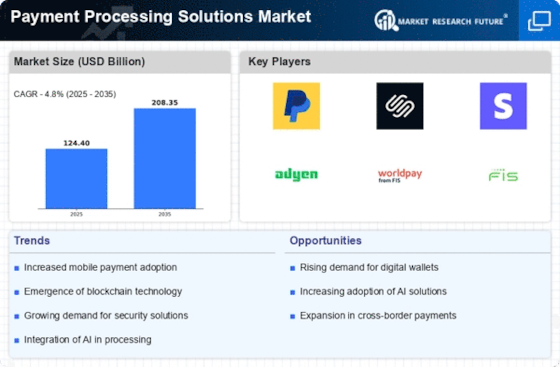
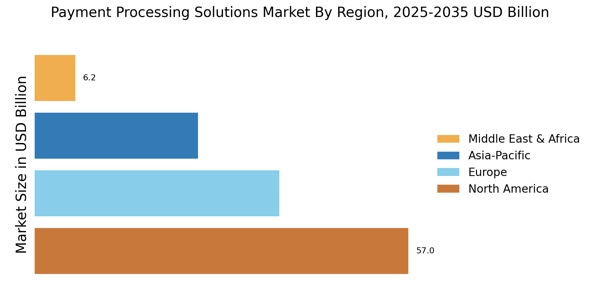
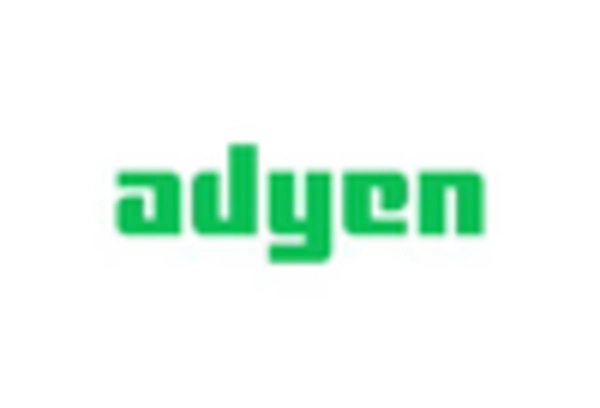
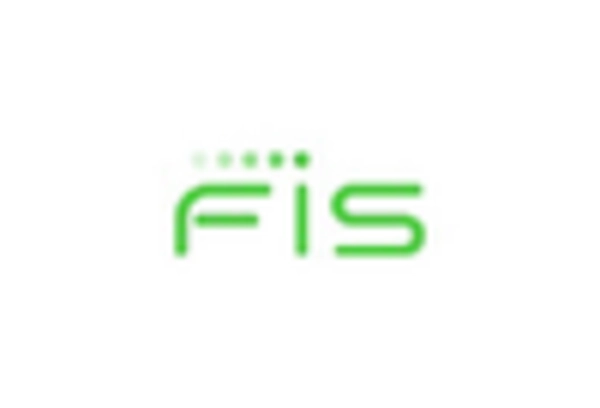
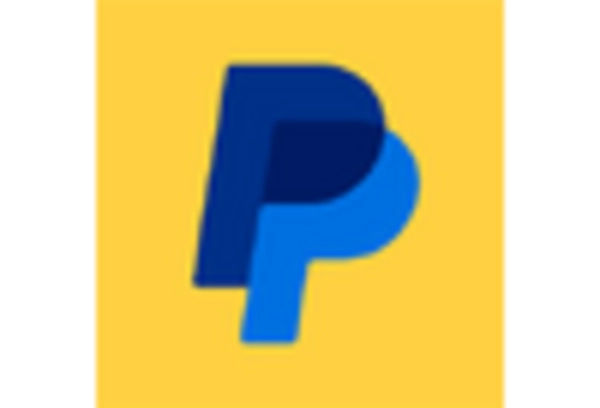


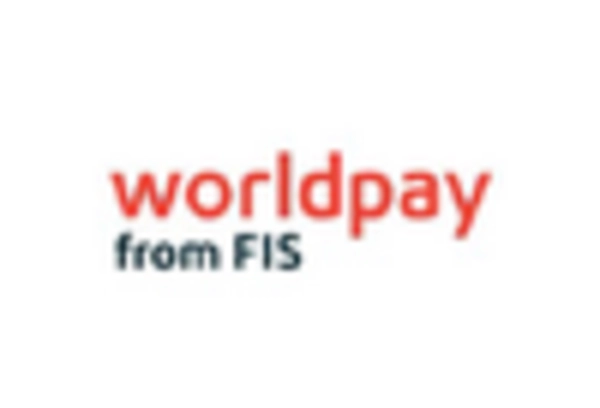








Leave a Comment